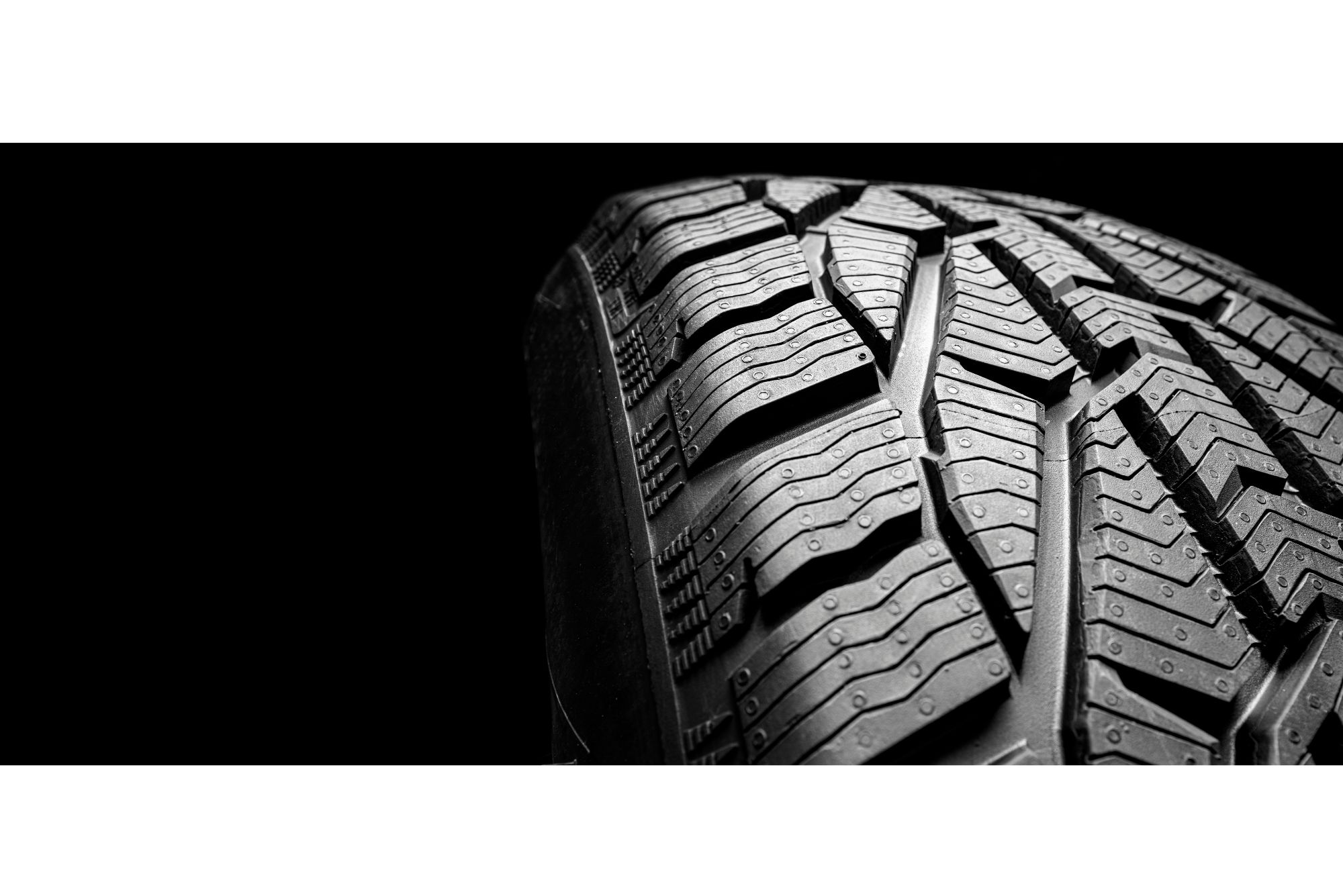Last Updated on April 21, 2024
Keep Your Wheels Rolling Smoothly with These Tire Maintenance Tips
Farmers, homeowners, and other outdoor workers are rolling out their equipment as the weather warms up. However, its starting work in earnest is unsafe until you’ve worked through a spring maintenance checklist with all of your vehicle’s tires. We have four big tire maintenance tips to help you during your spring tire checkup. If you have a lawnmower, golf cart, or another kind of farm equipment vehicle, you’ll want to take note of these tire care tips.
Tires sitting in barns or garages for months can develop “flat spots” where they’ve been resting, especially during cold weather. They could rot in spots if stored in wet or slightly moist conditions.
Before gearing up for the season, take a long, hard look at your tires. Spotting (and addressing) issues can save you money and pain in the long run.
1. Start with a Digital Tire Gauge
The first thing you’ll want to do before any at-home tire inspection is to purchase a digital tire gauge. They’re not very expensive (usually under $15), but they’ll quickly help you understand how safe your tires are.
You need to know if your tire is properly inflated.
To learn this, rest the feet of the gauge on your tread blocks or lugs, then extend the probe into the space between the lugs. Repeat this process on each tire for a comprehensive understanding of their inflation. Doing so will also ensure you’re rotating your tires often enough (and two aren’t less inflated than the others).
You want a tire pressure between 4 and 8 PSI with an ATV tire. A UTV might require 12 to 18 PSI, while a golf cart (and most lawnmowers) require 15 to 25 PSI. Other off-road and farm equipment likely needs at least 12 PSI.
Mastering Tire Maintenance Tips
Unfortunately, it’s not always straightforward – especially when working with equipment like tractors. Tractor tires have a large disparity between the recommended PSI for roading and field operations.
A tractor’s tires will need a specific tire pressure when driving relatively high speed. Then, they need a different tire pressure when working in the field for long periods. So, how do most field workers and farmers handle this problem?
Instead of adjusting the inflation pressures manually, these workers can use “IF” and “VF” technology. These advanced technologies help tractor tires properly distribute pressures by roading versus in-field operational needs. But that’s a story for another post.
You need a digital tire gauge to understand if your equipment’s tires are inflated enough for proper fieldwork.
2. Inspect the Sidewalls
The next thing you’ll want to do in a DIY tire inspection is to examine the sidewalls. Look for major cuts, exposed cords, and other indications of severe damage. Additionally, survey the tread for stubble damage and cuts.
Also, watch for flat spots developed as your tires sat unused for months. Their shapes can change when tires cool down and sit for long periods. However, this might not seem like a big problem; a flat spot can make driving unsafe.
You may need to replace your tires if completely:
- The sidewalls are extremely damaged and could cause the tires to blow.
- There are deep scratches that reach the tire threads.
- There are flat spots that seem severe and don’t go away after a small test drive.

If you question your tire’s safety, take it to a professional for spring maintenance before beginning fieldwork. The last thing you want to do is compromise someone’s safety or the vehicle’s by using a damaged tire.
3. Measure the Tread Depth
Our next recommendation is to assess your tires’ tread depth properly. Generally, if the tread is under 20 percent, you’ll likely need to replace the tire. This is easy to do – as long as you have a penny. Let’s discuss the time-old trick for assessing your tire tread depth on the fly.
Take a regular U.S. penny and place it head-first into your tire’s tread grooves. Can you see the top of Lincoln’s head? If so, your treads are too shallow and worn and likely need replacing.
As long as the tread covers Lincoln’s head, you’re likely good to go. This means that more than 2/32 of an inch of tread depth remains, which is more than enough.
Why do tread wear and depth matter regarding proper tire maintenance? How do they affect your equipment’s performance?
When your tire treads are worn too much, your vehicle cannot respond properly in rainy and snowy conditions. It would be best to have tires up to the job to stay safe, especially on rugged terrain.
4. Examine the Contact Area
Your fourth tip is to check the space between your equipment’s tire lugs and the ground. Are the lugs up in the air? This could mean your tires are over-inflated – something a tire gauge likely won’t tell you.
During a tire inspection, there should be no space between the lugs and the ground. You don’t want your tires to “grow up.” Inflating past the recommended point can affect your tire’s ability to grip the road and perform as it should.
Whether storing or using your equipment, inflate the tires to the recommended level. When you take equipment out of storage in the spring, know that the air pressure may have increased or decreased throughout the winter.
We recommend checking tire pressure throughout the storage period, but if you don’t, at least check the space between the lugs and the ground after removing them from storage.
Buy New Tires When You Need Them
If you store your tires somewhere over winter and then bring your equipment out in the spring, ensure you take the proper steps to assess all tires. You want to know that you’re working with vehicles you can trust, both in the fields and on the road.
Start by following the tire maintenance tips above to check your current tires. If you spot severe signs of concern, don’t ignore them. Driving with subpar tires is a dangerous choice for all involved.
At Tires Easy, we match customers with the best online tire deals. Whether you drive a large SUV or a trailer, we’ll connect you with popular brand names and quality products.
Let us know if you have questions about storing your tires for farming equipment or conducting a spring tire checkup. Our experts are here to ensure your tires last as long as possible. We’ll help you buy new tires, but we’ll also help you maintain the ones you have.
Please browse our website to see all of our tires. For more information or big tire maintenance tips, contact us online or call 1-855-978-6789. Whatever your tire needs are, we’ll meet them.
Conclusion
Following these tire maintenance tips will extend the life of your equipment’s tires and ensure a safer and more efficient operation. Don’t overlook the importance of regular tire checks and care – it can save money, time, and potential headaches in the long run.
Ready to ensure your equipment’s tires are in top condition?
Please browse our selection of high-quality tires at Tire Easy and invest in the longevity and performance of your equipment today!
FAQs
What is the proper maintenance of tires?
Proper tire maintenance tips include regular tire pressure and tread depth checks, visual inspections for damage, and rotating tires as needed. It also involves following the manufacturer’s recommendations for tire care and maintenance.
What is the most crucial element in tire maintenance?
Maintaining the correct tire pressure is the most crucial element of tire maintenance. Proper tire pressure ensures even wear, optimal performance, and safety on the road.
Why are tire maintenance tips important?
Tire maintenance is vital for several reasons. It extends tire lifespan, improves fuel efficiency, enhances vehicle safety, and ensures optimal traction and handling. Neglecting tire maintenance tips can lead to premature wear, reduced performance, and safety hazards.
What is the preventive maintenance of tires?
Preventive maintenance of tires involves proactive measures to keep them in good condition. This includes regular tire pressure checks, visual inspections for damage, alignment checks, and tire rotations. These measures help prevent tire-related issues and prolong tire life.











